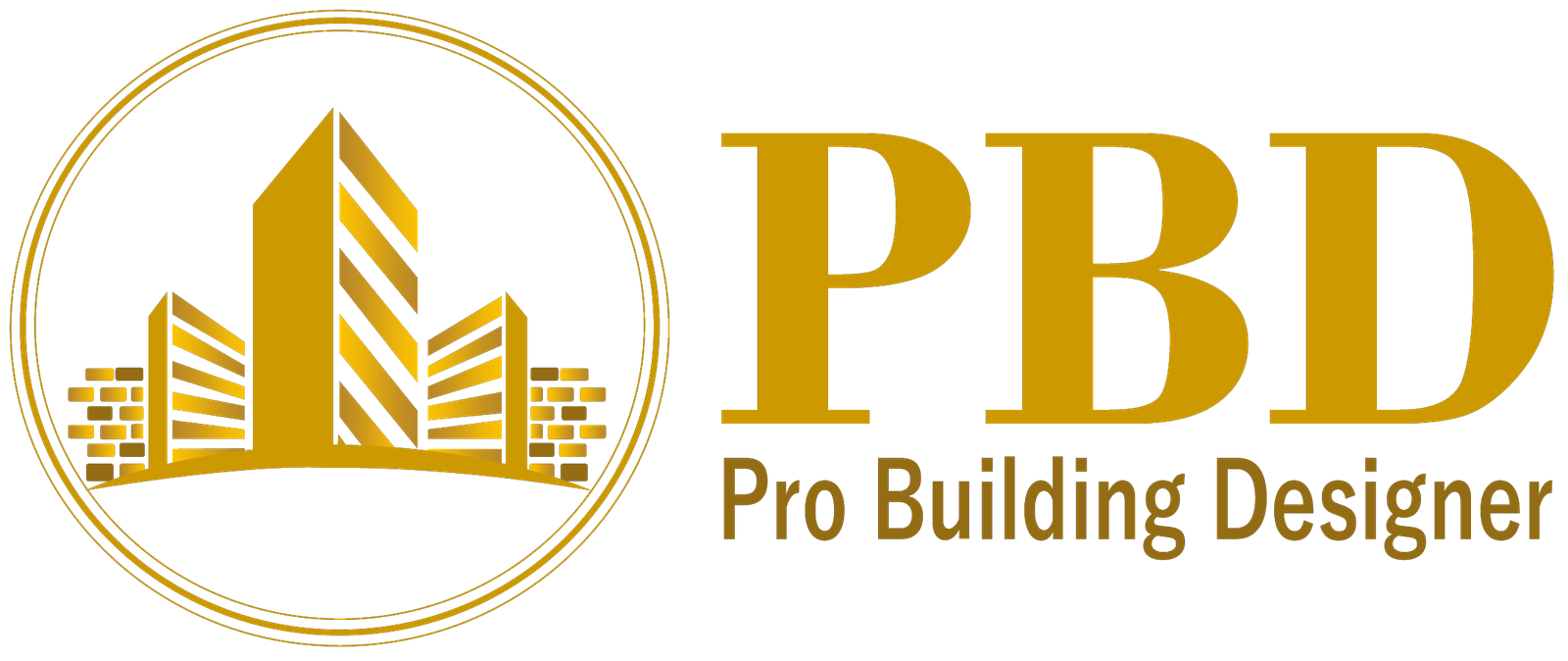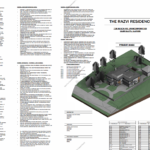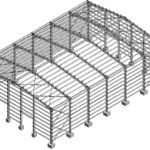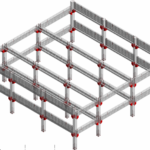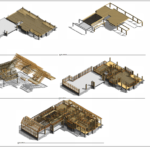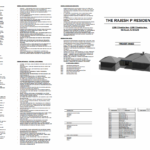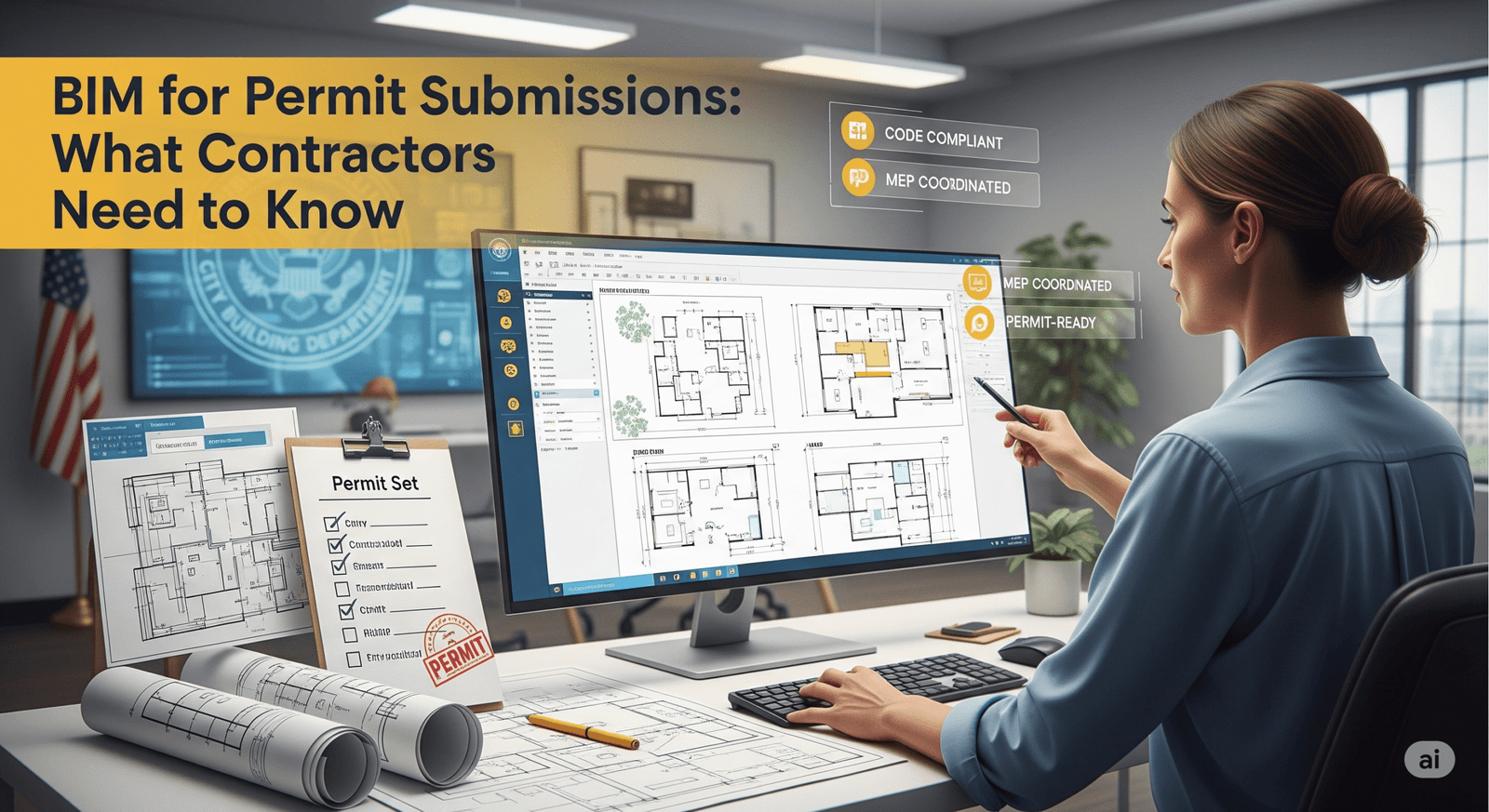BIM for Permit Submissions: What Contractors Need to Know
Navigating building permit approvals in the USA can be a time-consuming challenge for contractors, especially when dealing with outdated or incomplete documentation. This is where BIM modeling services play a critical role. By using intelligent 3D models, construction teams can prepare precise and permit ready documentation that meets the standards of local authorities. With tools like Revit, professionals create fully coordinated models that include MEP drawings for approval, architectural BIM services, and accurate shop drawing services. These digital files offer clarity, speed, and accuracy—key factors that streamline the permit process and reduce costly delays. Contractors who embrace BIM gain a strategic advantage in compliance, speed, and project success.
Getting building permits is one of the most important steps before construction starts. But for many contractors, it can be a slow and confusing process. BIM modeling services have changed how construction drawings are prepared and reviewed. With accurate 3D models and permit ready documentation, approvals can now be faster, easier, and more cost-effective.
In the USA, local building departments are now asking for digital plans that follow strict code rules. Traditional CAD drawings can lead to missing details, but code-compliant BIM helps avoid delays. It ensures that your design follows the latest standards, right from the start. When used correctly, BIM saves time, reduces costs, and improves communication between architects, engineers, and government officials.
What Is BIM and Why It Matters for Permitting
BIM stands for Building Information Modeling. It is a smart 3D modeling process that lets teams plan, design, and build more efficiently. With bim modeling services, each part of the building is represented digitally, including walls, pipes, wires, and even lights. These elements carry important information like material, size, and code data.
Permitting teams at local agencies need clear and accurate drawings to approve a building. With BIM, everything is stored in one place and easy to read. Plans made in BIM are better than flat 2D drawings because they are linked together. If you change something in the plan, it updates everywhere. This is why many cities in the USA prefer code-compliant BIM over traditional methods.
How BIM Modeling Services Streamline the Permit Process
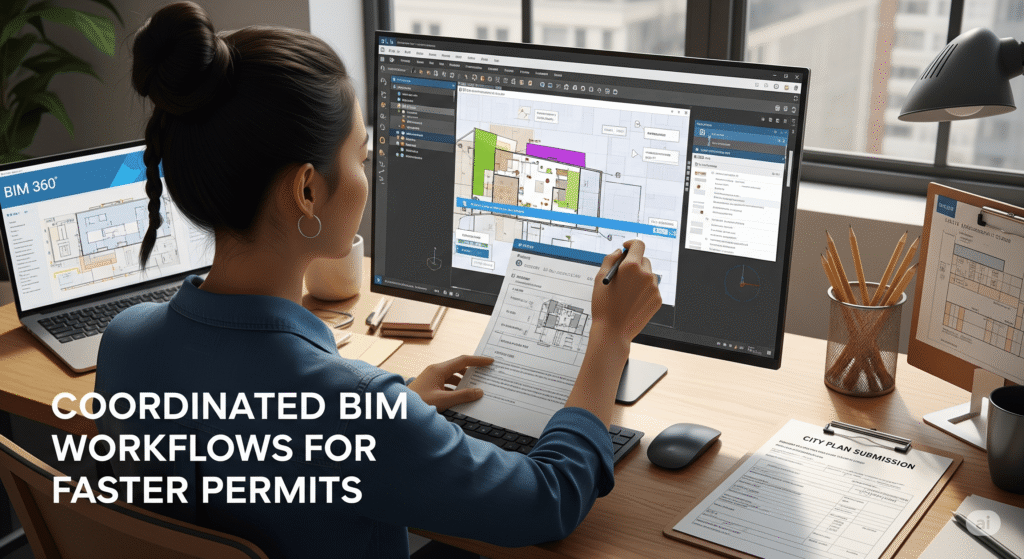
One of the biggest benefits of using bim modeling services is the speed of permit approval. Instead of sending multiple files and sheets, you send one coordinated model. That model includes architecture, structure, and MEP drawings for approval. This means fewer mistakes, fewer revisions, and less waiting.
Reviewers can quickly find what they need in a model. BIM helps make permit ready documentation easy to understand because it follows clear layers and labels. By using Revit, all teams work on the same file. Any issue in the design can be solved before the permit is even submitted. This improves accuracy and trust in the design.
The Importance of Code-Compliant BIM for Approval
Every state in the USA has building codes. If your drawings don’t follow them, the permit will be delayed. With code-compliant BIM, you can set up your design to follow local codes from the start. BIM tools like Revit let you add rules, so the system warns you when something is wrong.
This avoids major problems later. For example, if a wall is too close to a boundary or a pipe is too small, the system shows an alert. Reviewers appreciate seeing that your model already follows the rules. Using bim modeling services helps contractors avoid common rejection reasons.
What Are BIM Permit Sets and How Are They Structured?
A BIM permit set is a group of construction documents made using BIM. It includes plans, sections, elevations, and schedules. These drawings are created in tools like Revit and follow local standards. A well-made permit set includes architectural BIM services, MEP drawings for approval, and structural information.
These sets are organized by discipline. Each part of the set has sheet numbers, views, and callouts. The model links everything together, so if something changes in one drawing, it updates across all pages. This saves time and avoids confusion during the review process. These sets are ready for direct review by city officials.
| BIM Permit Set Contents | Description |
| Site Plan | Shows the location of the building |
| Floor Plans | Layouts of each level |
| Elevations | Outside views of the building |
| Sections | Cut-through views showing details |
| MEP Drawings for Approval | HVAC, plumbing, and electrical systems |
| Code Analysis Sheets | Lists how the building meets the code |
Benefits of Outsourcing BIM for Permit Submissions
Contractors in the USA are now outsourcing BIM work more than ever. Working with global partners allows them to get top-quality bim modeling services at a lower cost. These offshore teams specialize in permit ready documentation, ensuring that each drawing meets U.S. standards.
By outsourcing, contractors can focus on building while experts handle the documentation. Companies that offer shop drawing services deliver fast, error-free plans. The work is often done overnight due to time zone differences, meaning you wake up to progress. This speeds up the permit process and saves on overhead.
Common Mistakes Contractors Make During Permit Submission
Sometimes, permits get delayed because of avoidable mistakes. One common error is not updating plans to reflect new code rules. Every year, city codes may change. If your model doesn’t match the latest rules, your submission will likely be rejected.
Another issue is submitting incomplete BIM permit sets. If your set is missing even one key view or sheet, reviewers won’t move forward. Not coordinating between architecture, structure, and MEP also causes problems. Contractors who skip this step often face costly revisions.
What Reviewers Look for in Permit Ready Documentation
When reviewing permit ready documentation, building departments check for detail, clarity, and compliance. They want to see a full story of the building, including materials, systems, and code checks. If anything is unclear, it leads to delays or rejections.
Using bim modeling services gives you an edge. Reviewers can see every detail, from fire safety plans to electrical layouts. Clean sheet layouts, updated views, and smart tags help plans get approved faster. Reviewers are more likely to trust a model that looks well-prepared.
Role of Revit in Creating Approval-Ready Documentation
Autodesk Revit is the main tool used in bim modeling services. It lets teams create full models that include all building parts. From walls to wires, every element is part of one smart model. This means fewer mistakes and better accuracy.
With Revit, you can easily produce Revit for construction drawings that follow U.S. standards. The software allows quick updates, drawing automation, and smart annotations. This helps teams meet deadlines and ensure building code compliant drawings. Revit also supports collaboration, so all stakeholders stay on the same page.
Best Practices for Creating Permit-Ready BIM Documents
To make sure your BIM plans pass the first time, start with code compliance. Use a checklist that includes zoning, fire safety, HVAC spacing, and accessibility. Include all sheets that your local city office needs to see.
Use common symbols, title blocks, and naming methods. These small details matter during review. It’s smart to work with a team experienced in architectural BIM services. They know what the cities want and can prepare everything correctly.
Conclusion: Make BIM Work for Your Permits
Permit delays cost money and time. That’s why more contractors in the USA trust bim modeling services to create clean, compliant plans. Whether it’s your first project or your fiftieth, using BIM tools like Revit helps you get permits faster.
Working with professionals who know how to prepare permit ready documentation is key. You’ll get fewer revisions, faster approvals, and peace of mind. Let BIM take the stress out of permitting and help your projects move forward without delay.
FAQs About BIM for Permit Approvals
What is included in a BIM permit set? A full set includes architectural plans, MEP drawings, sections, elevations, schedules, and code compliance reports.
How long does it take to prepare permit ready documentation? Depending on the project size, it can take 5 to 15 business days with the right team.
Can outsourced BIM teams handle USA building codes? Yes. Top providers of bim modeling services use experts trained in code-compliant BIM for U.S. standards.
